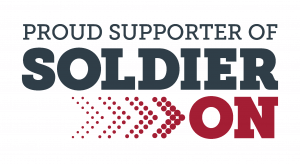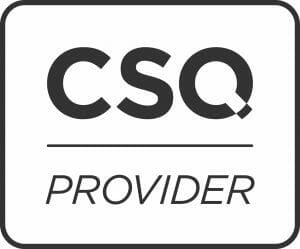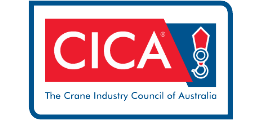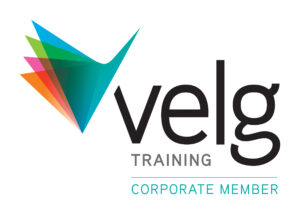Asbestos is a well-known harmful substance found in various building products manufactured before 1990. From fireproofing and soundproofing to pipe lagging and insulation materials, asbestos was commonly used in many commercial and industrial settings.
There are two types of asbestos – friable and non-friable.
In this article, we will discuss the difference between the two and explore what licenses you need if you are involved in the handling and removal of asbestos in Melbourne.
What is Non-Friable Asbestos?
Non-friable asbestos products have been manufactured into a bonding compound (e.g. cement) containing usually less than 15% asbestos. This format of bonded asbestos means it produces a material that is solid and doesn’t crumble between your fingers. This type of asbestos is also commonly known as asbestos cement, fibro or AC sheeting.
Due to the way non-friable asbestos fibres are tightly bonded in their material, the fibres are not normally released into the air. This means when they are in a well-kept condition, they are considered a very low risk for inhalation. This doesn’t mean they are still safe to be disturbed without proper precautions, however.
This level of low risk is removed if the non-friable asbestos has been damaged or badly weathered as this can impact the fibres and allow them to become loose or ‘friable’.
In contrast, friable asbestos is much more dangerous and can contain up to 100% asbestos, often in a very loose, dry and crumbly structure meaning fine asbestos dust can be inhaled by people nearby when disturbed.
Why You Need Asbestos Removal Training
If you want to remove non-friable asbestos, you will need to complete the appropriate asbestos removal training in Melbourne by completing an asbestos removal license (Class B).
Whether for a renovation or demolition, disturbing asbestos of any kind can be potentially dangerous and so undertaking training and achieving your asbestos removal license will give you the expertise to ensure the highest safety precautions are maintained to minimise risk to you and other people around.
The Class B asbestos removal license permits workers to manage the asbestos removal process in accordance with asbestos legislation. The Class B license covers the removal of non-friable asbestos and the asbestos-contaminated dust resultant from the removal of it.
Class A vs Class B
When it comes to removing friable asbestos, a separate license is needed – Class A. This license differs from the Class B asbestos removal license through permitting the removal of the more highly risk-associated friable asbestos and the resultant asbestos-contaminated dust.
A Class A license also covers the handling and removal of non-friable asbestos, meaning you don’t need to get a Class B as well as a Class A license.
Get Your Asbestos Removal License with Kallibr Training (RTO 32365)
At Kallibr Training, we offer Class B asbestos removal training courses in Melbourne. Our professional training and assessment will allow you to then apply for a Class B asbestos removal license with WorkSafe who will finalise your license application. The license is valid for 5 years and ensures you are safe and compliant when it comes to asbestos removal.
Give our team a call to discuss enrolling withKallibr Training and attain your Class B asbestos removal license for non-friable asbestos materials.




